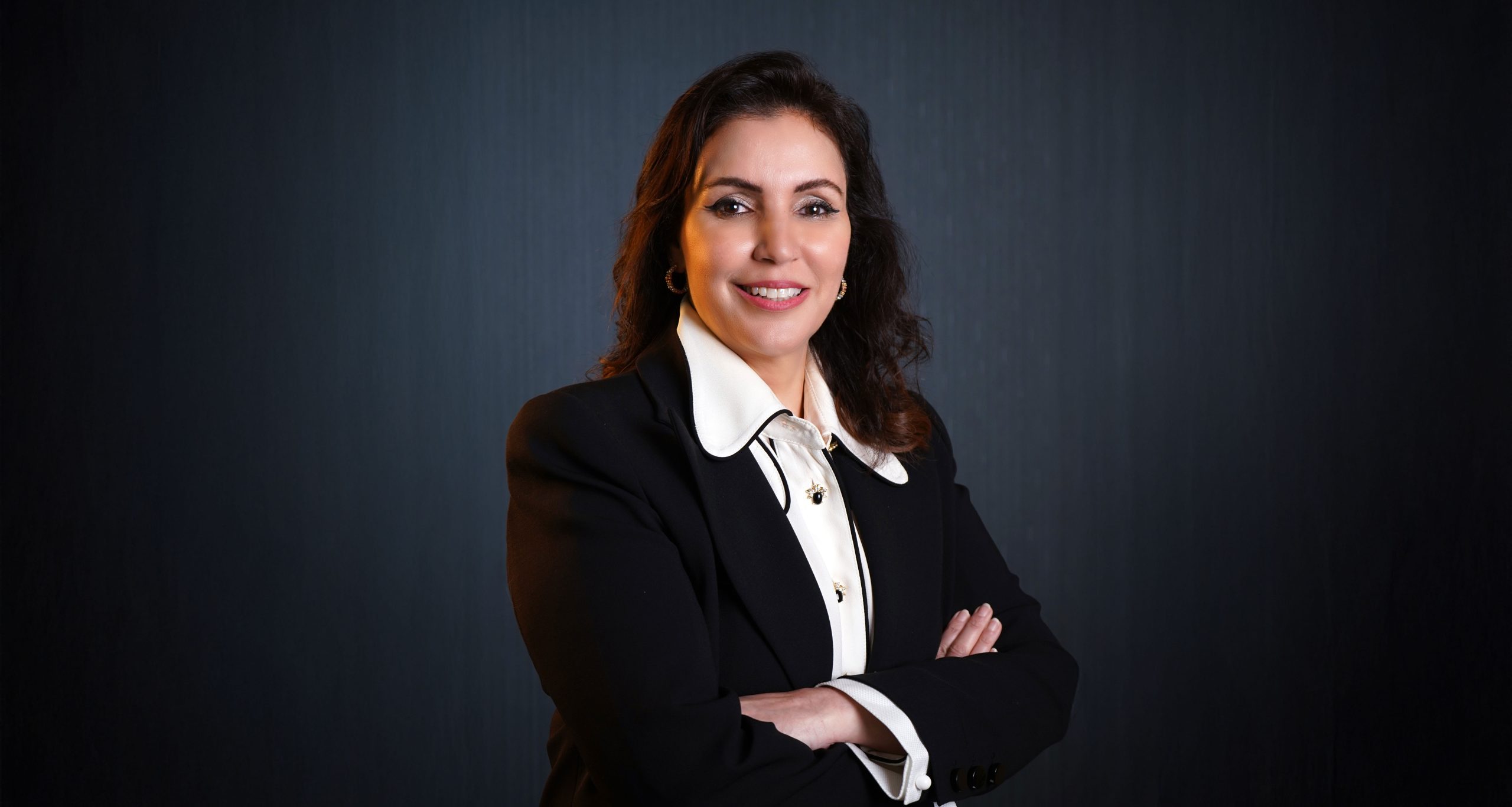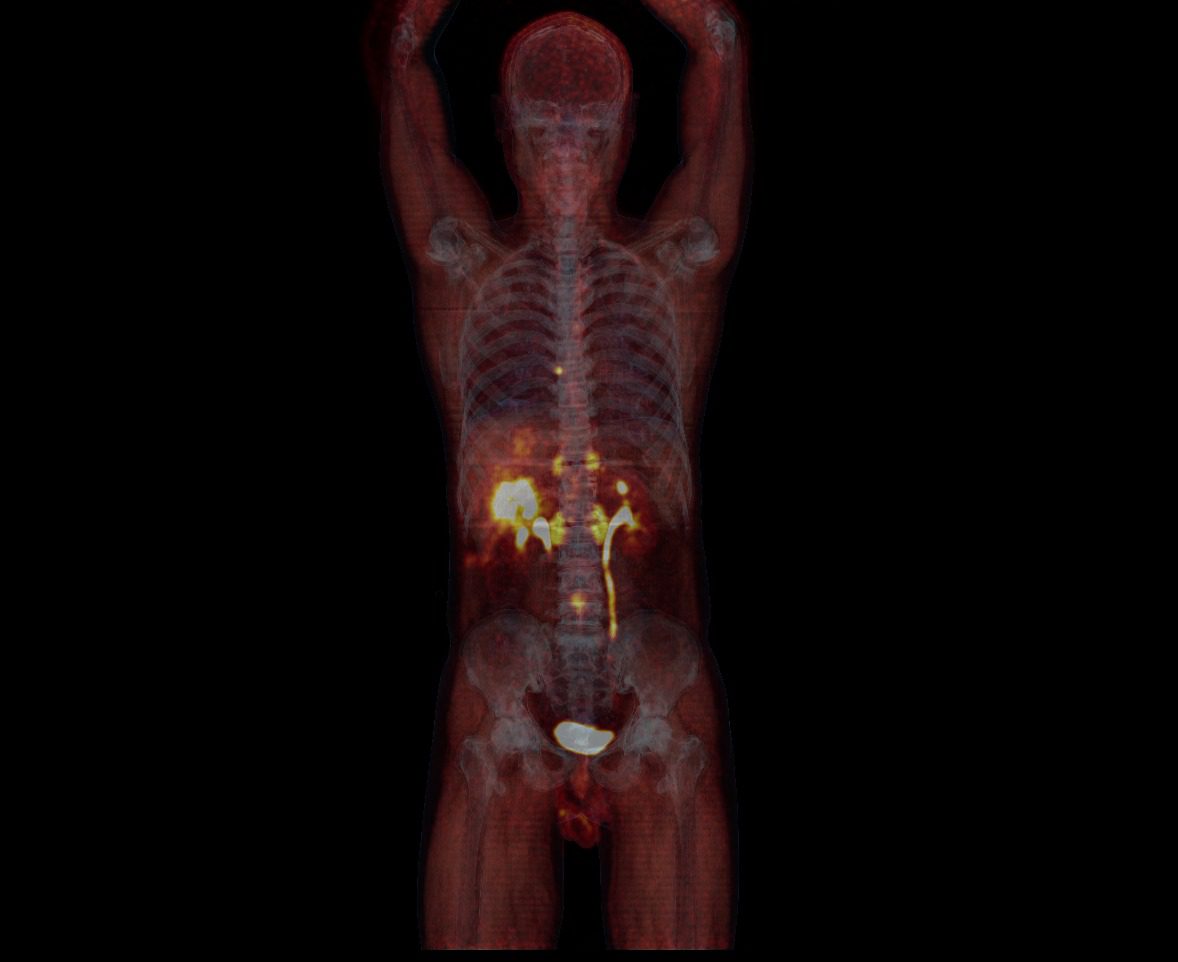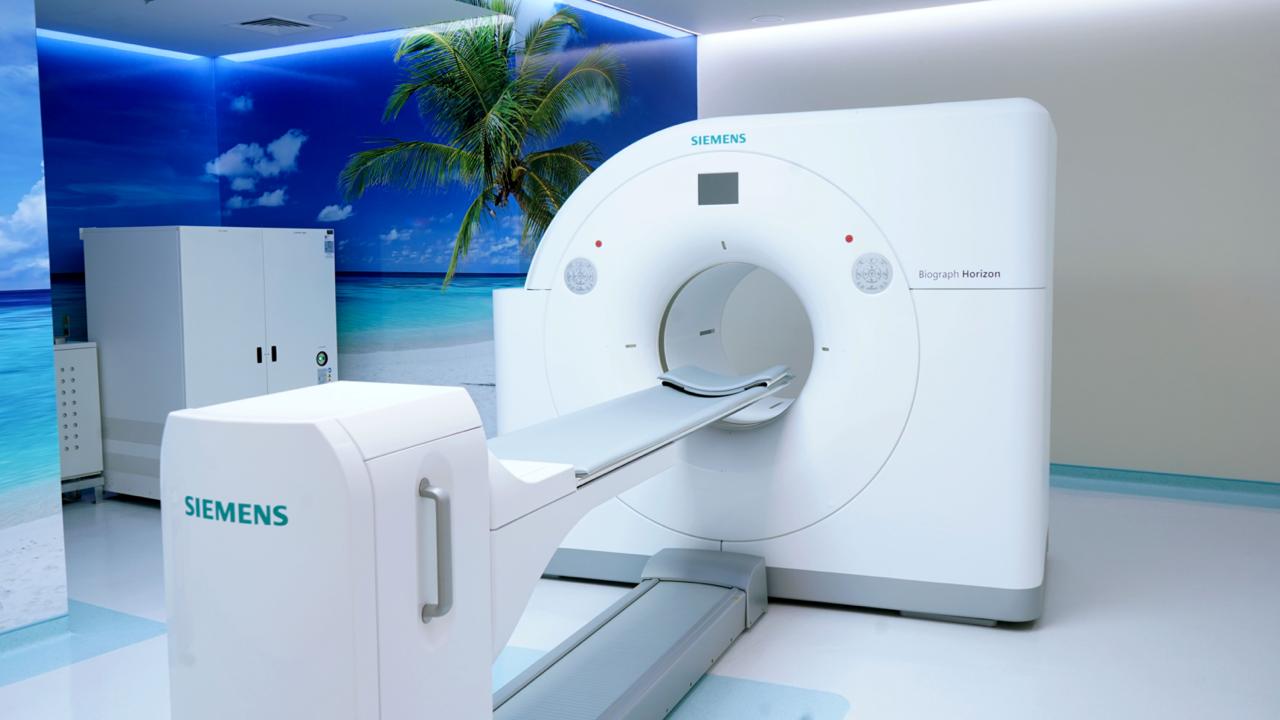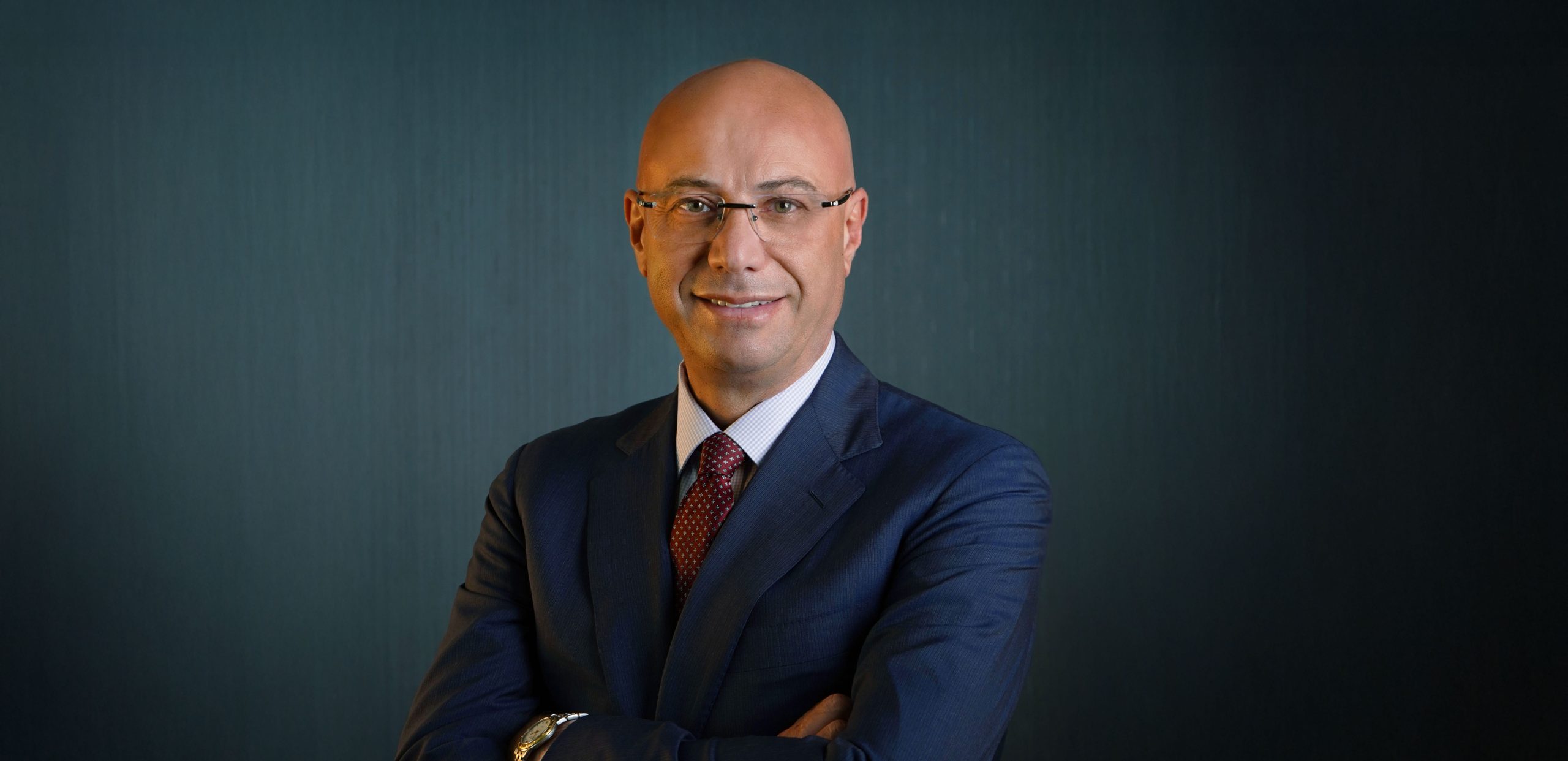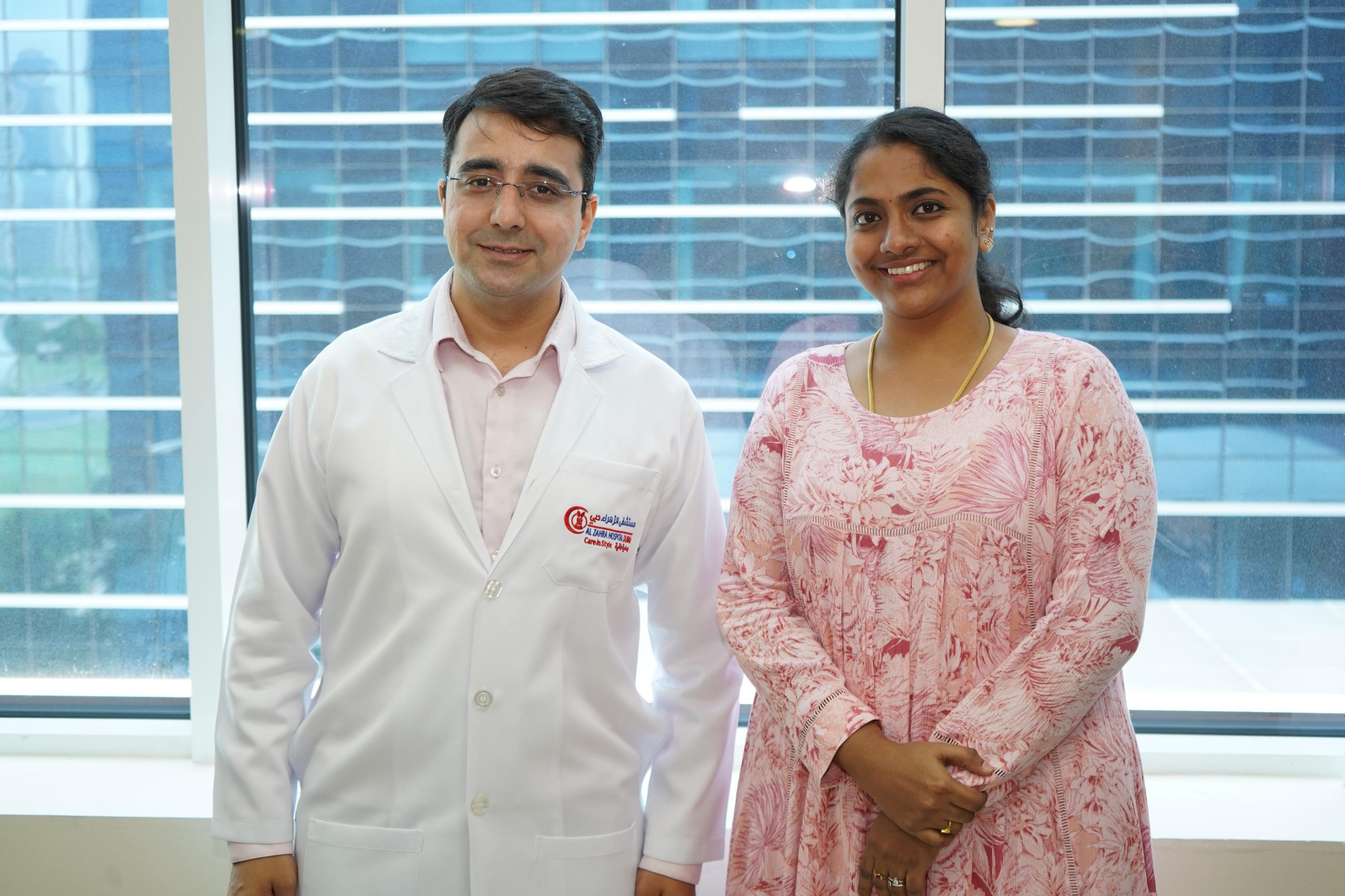-
The hospital uses the latest global techniques for children’s spine and bone problems, notably for scoliosis.
The expression growing pains is well known, but parents should think of it quite literally when it comes to their children.
A child’s body is in a constant state of change as bones grow and limbs lengthen or broaden. It’s not easy adjusting to a body that’s renewing itself every few weeks.
Growth makes children stronger, but it also leaves them vulnerable as although their bones are highly porous and therefore pliable, they are also prone to damage.
When orthopaedic specialists – medics who take care of the musculoskeletal system – treat youngsters, they know they are dealing with a very specific and delicate set of problems.
The commonest paediatric orthopaedic problem that children face is fractures, mainly when they are aged between two years and early teens. The older the child is, the more likely the fracture will be due to recreational activities such as playing sport.
Experts urge parents to take children with a fracture to see a paediatric orthopaedic surgeon because they will take issues to do with growth into consideration – and a diagnosis may be more complicated than just the result of playground rough and tumble.
“Deformities can result from fractures, but it could be also congenital deformities and the main causes are widely unknown” explains Dr Zaid Al Aubaidi, Consultant Orthopaedic Surgeon at Al Zahra Hospital.
“If we take deformities of the limbs or of the spine, in most of these cases we don’t know the reason for them, but thankfully treatment is available.”
One huge issue in the UAE for children is scoliosis. This is a sideways curvature of the spine that occurs most often during the growth spurt just before puberty. While scoliosis can be caused by conditions such as cerebral palsy and muscular dystrophy, the cause of most cases is unknown.
A child with scoliosis will often look like he or she is leaning to one side as the condition can cause a difference in shoulder or hip height.
Mild cases of scoliosis don’t hamper day-to-day life; however, more serious cases can limit functioning, cause pain, hamper breathing and even have a psychological impact on children.
“There are many causes of scoliosis and by far the commonest is what is referred to as idiopathic – something that arises spontaneously – especially adolescent idiopathic scoliosis, which is scoliotic deformities that happen after the age of 10,” explains Dr Al Aubaidi.
He urges parents to have children screened periodically – especially for spinal deformity –recommending this be done for adolescent idiopathic scoliosis at the age of eight years, ten years and twelve years.
If a screening shows a worrying result, the good news is there are some highly effective modern treatments available.
“At our facility in Al Zahra Hospital Dubai, we surgically operate on around 100 scoliotic cases each year and the success rate is very high,” assures Dr Al Aubaidi.
“We use all the newest global techniques, for example, the use of magnetic rods or what we call segmental fixation and complete correction of the curve. We have also operated many cases as redo surgery where patients had previously had surgeries done abroad and they need correcting by us.”
Al Zahra has become a trusted name in this highly specialised area, with its Paediatric Orthopaedic and Paediatric Spine Unit offering an impressive range of treatments for conditions that affect children and having successfully managed a vast number of cases. The hospital was also the first centres in the Middle East to start universal hip screenings for all new-borns delivered at its facility, as well as those referred to its care.
“We have a wide range of treatments for scoliosis from the conservative – which could just be observation – to attacking the curve very early with non-operative measures such as the brace,” explains Dr Al Aubaidi.
“We use the Providence night-time brace, which is a revolutionary spinal orthosis for young patients with a proven record of results for all curve types: lumbar, thoracic, double major and thoracolumbar. The brace needs to be used only at night-time and this way will not affect the child’s mobility, psychology and daily activities.”
Interestingly, Al Zahra also starts treatment of the scoliotic curve just when the curve hits the definition of scoliosis, which is more than 10 degrees – while the rest of the world mainly starts bracing when it hits 24 degrees.
“The whole philosophy of this treatment is that as long as we are not harming the child, then it’s of course better to start the treatment as early as possible,” said Dr Al Aubaidi.
“We are very proud to say that are the first centre to have started this kind of treatment.”
Dr Zaid Al Aubadi has performed over 1000 scoliosis surgeries during his career and completed over 100 revision surgeries for patients that have undergone unsuccessful scoliosis surgical treatments prior to seeing him.






